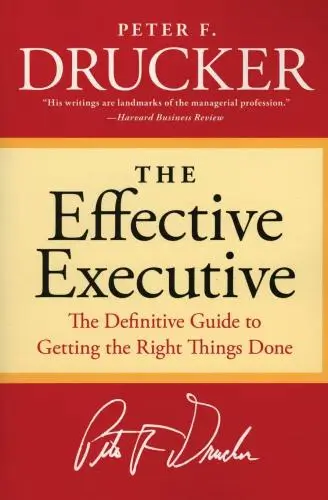The Effective Executive
The Definitive Guide to Getting the Right Things Done
What's it about?
The Effective Executive is a guide on how to become a more productive and successful leader. Drucker emphasizes the importance of prioritizing tasks and focusing on strengths to achieve maximum effectiveness. He also stresses the significance of time management and making decisions based on objectives rather than reacting to crises. This book is a must-read for anyone looking to improve their leadership skills and make a real impact in their organization.
About the Author
Peter F. Drucker was a pioneering management consultant and author, whose extensive body of work, including "The Effective Executive" and "Management: Tasks, Responsibilities, Practices," has profoundly influenced modern business practices. Known for his analytical and clear writing style, Drucker's insights on efficiency, innovation, and leadership remain highly relevant.
10 Key Ideas of The Effective Executive
Manage Your Time Effectively
Time is your most precious resource.
Track where your time goes, eliminate non-productive activities, and allocate time blocks for tasks that contribute to your goals.
Prioritizing tasks and focusing on what truly matters will enhance productivity and ensure you're not wasting time on trivial matters.
Learn DeeperTrack Your Time: For one week, keep a detailed log of how you spend your time. Note everything from work tasks to social media scrolling. This will help you identify where your time is actually going.
Analyze and Adjust: Look at your time log and identify activities that don't contribute to your goals. Start cutting these out or limiting them significantly. For example, if you find you're spending an hour a day on social media with no real return, reduce this to 15 minutes.
Prioritize Tasks: Each morning, make a list of tasks you need to accomplish that are aligned with your goals. Rank them in order of importance and tackle them starting with the most critical. This ensures that even if you don't get through your entire list, you've completed the most valuable tasks.
Block Time for High-Priority Activities: Schedule specific blocks of time in your calendar for tasks that require deep focus and contribute significantly to your goals. Treat these blocks as non-negotiable appointments with yourself.
Review and Reflect: At the end of each week, review what you've accomplished and how effectively you've used your time. Adjust your planning and prioritization strategies based on what you learn about your productivity patterns.
- Example
If you're a writer working on a novel, you might find that you're spending a lot of time answering emails or browsing the internet. After tracking your time, you decide to limit email checking to twice a day and use a website blocker during your prime writing hours.
- Example
A project manager realizes after tracking their time that meetings are consuming most of their productive hours. They decide to reduce meeting times, make agendas more focused, and block off 'meeting-free' days to concentrate on high-priority project work.
Focus on Outcomes Rather Than Tasks
Shift your focus from being busy with tasks to achieving outcomes.
Identify what results are expected of you and concentrate your efforts on activities that directly contribute to these results.
This approach ensures that your work has a clear purpose and direction, leading to more significant contributions to your organization's objectives.
Learn DeeperIdentify Key Results Areas: Start by clearly defining the outcomes or results that are expected from your role. Ask yourself, 'What does success look like in my position?' This could involve meeting specific sales targets, improving customer satisfaction scores, or completing a project by a certain deadline.
Prioritize Tasks Based on Impact: Once you know your key results areas, evaluate your daily tasks based on their potential impact on these outcomes. Focus on activities that have the highest impact, and consider delegating or minimizing time spent on lower-impact tasks.
Set Clear Goals and Deadlines: For each high-impact task, set specific, measurable goals and deadlines. This helps maintain focus and momentum towards achieving the desired outcomes.
Review and Adjust Regularly: Regularly review your progress towards your outcomes. Be prepared to adjust your approach if certain activities aren't leading to the expected results. This might mean changing tactics, seeking additional resources, or even re-evaluating the outcomes themselves.
- Example
If you're a sales manager, instead of focusing solely on the number of sales calls your team makes, concentrate on strategies that increase the conversion rate of calls to actual sales. This might involve training sessions on effective sales techniques or refining your sales pitch.
- Example
As a project manager, rather than getting bogged down in the minutiae of day-to-day project tasks, focus on ensuring the project is on track to meet its final deadline and quality standards. This could mean prioritizing critical path activities and delegating or postponing less critical tasks.
Build on Strengths
Capitalize on the strengths of yourself and your team members rather than trying to fix weaknesses.
Focusing on strengths leads to excellence and maximizes performance, while attempting to improve weaknesses often results in mediocrity.
Assign responsibilities based on individual strengths to achieve the best outcomes.
Learn DeeperIdentify Your Strengths and Weaknesses: Start by taking stock of your own strengths and weaknesses. Use tools like SWOT analysis (Strengths, Weaknesses, Opportunities, Threats) or ask for feedback from colleagues and mentors to gain a comprehensive view.
Focus on Leveraging Strengths in Daily Tasks: Once you've identified your strengths, consciously integrate them into your daily tasks. For example, if you're good at organizing, take the lead in planning projects or meetings.
Assign Tasks Based on Team Members' Strengths: In a team setting, get to know each member's strengths and assign tasks accordingly. This not only boosts overall team performance but also increases job satisfaction among team members.
Develop a Strengths-Based Feedback System: Instead of focusing on what went wrong or who is to blame, encourage a culture where feedback revolves around how team members can use their strengths to overcome challenges.
Invest in Strengths Development: While it's important to be aware of weaknesses, invest more in developing strengths. This could mean taking courses, attending workshops, or simply dedicating time to practice and refine these skills.
- Example
A project manager excels in strategic thinking but struggles with attention to detail. Instead of forcing themselves to micromanage every aspect of a project, they focus on big-picture planning and delegate tasks requiring high attention to detail to a team member who thrives in such activities.
- Example
A sales team has members with varying strengths: one excels in building client relationships, another in analytical skills to understand market trends, and a third in persuasive communication. The team leader assigns roles based on these strengths, leading to a more effective sales strategy and improved team performance.
Set Clear Priorities
Determine what is most important and focus your efforts there.
Not everything that demands your attention is equally important.
Assess the impact of various tasks and concentrate on those with the highest return.
Setting clear priorities helps in making effective decisions and managing your workload efficiently.
Learn DeeperIdentify Your Top Priorities: Start by making a list of all the tasks and projects you have on your plate. Then, rank them based on their impact towards your goals or your organization's objectives. Focus on completing the top three before moving on to the others.
Learn to Say No: Once you've identified your priorities, be prepared to decline requests or tasks that don't align with them. Politely explain that you're focusing on other areas that require immediate attention.
Allocate Time Blocks: Dedicate specific time blocks in your day to work on your high-priority tasks. This helps in minimizing distractions and ensures that you're making progress on what matters most.
Review and Adjust Regularly: Your priorities might change over time due to new information or shifting objectives. Make it a habit to review and adjust your priorities regularly to ensure they still align with your goals.
- Example
Imagine you're a project manager with tasks ranging from updating project timelines, attending stakeholder meetings, to reviewing team members' progress. By identifying that updating project timelines is crucial for the next stakeholder meeting, you prioritize this task to ensure the project stays on track.
- Example
As a software developer, you might have tasks such as fixing bugs, developing a new feature, and attending team meetings. If launching the new feature is critical for the upcoming product release, you would prioritize developing the new feature over fixing non-critical bugs.
Make Effective Decisions
Decision-making is a key skill for success.
Start by clearly defining the problem, then analyze the situation, develop options, and choose the best course of action.
Consider long-term impacts and potential unintended consequences.
Making informed and timely decisions moves projects forward and resolves issues effectively.
Learn DeeperDefine the Problem Clearly: Before jumping into solutions, take a step back and ensure you understand exactly what issue you're trying to solve. Write it down in a sentence or two.
Gather Relevant Information: Collect data, opinions, and insights from various sources to have a well-rounded view of the situation. Don't rely solely on your own knowledge.
Brainstorm and Evaluate Options: Think of as many solutions as possible, then weigh their pros and cons. Consider how they align with your goals and values.
Make a Decision and Act: Choose the best option based on your analysis. Remember, no decision is also a decision. Once you've decided, take concrete steps to implement it.
Review and Learn: After some time, review the outcomes of your decision. What worked well? What didn't? Use these insights to improve your decision-making process in the future.
- Example
Imagine you're leading a project at work that's falling behind schedule. Define the Problem Clearly: The issue is not just the delay, but understanding why it's happening. Is it due to resource constraints, unclear responsibilities, or something else? Gather Relevant Information by talking to team members, reviewing project plans, and checking resource allocations. Brainstorm and Evaluate Options might include reallocating resources, adjusting timelines, or clarifying roles. Make a Decision and Act by implementing the chosen solution and communicating changes to the team. Review and Learn by assessing project progress after implementing changes to see if the issue has been resolved.
- Example
Consider you're trying to decide whether to pursue further education. Define the Problem Clearly: Are you looking to change careers, gain new skills, or increase your earning potential? Gather Relevant Information by researching programs, talking to alumni, and considering financial implications. Brainstorm and Evaluate Options such as different schools, online vs. in-person classes, or part-time vs. full-time programs. Make a Decision and Act by applying to your chosen program and preparing financially and personally. Review and Learn by periodically assessing if the program meets your expectations and adjusting your career plans accordingly.
Deeper knowledge. Personal growth. Unlocked.
Unlock this book's key ideas and 15M+ more. Learn with quick, impactful summaries.
Read Full SummarySign up and read for free!
The Effective Executive Summary: Common Questions
Experience Personalized Book Summaries, Today!
Discover a new way to gain knowledge, and save time.
Sign up for our 7-day trial now.
No Credit Card Needed
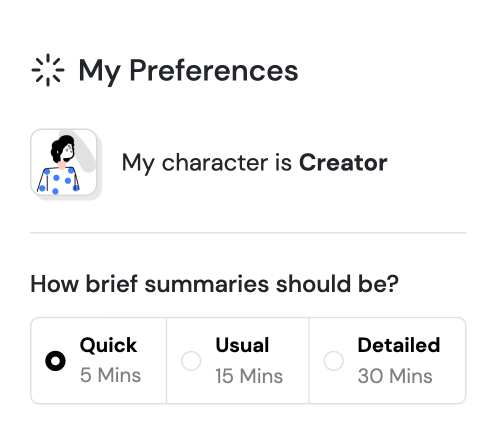
Similar Books

Emotional Intelligence at Work
Dalip Singh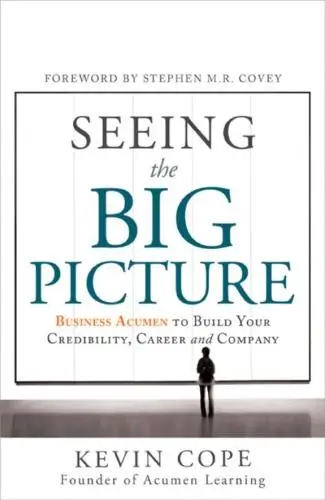
Seeing the Big Picture
Kevin Cope
Leadership Is Concept Heavy
Dr. Enoch Antwi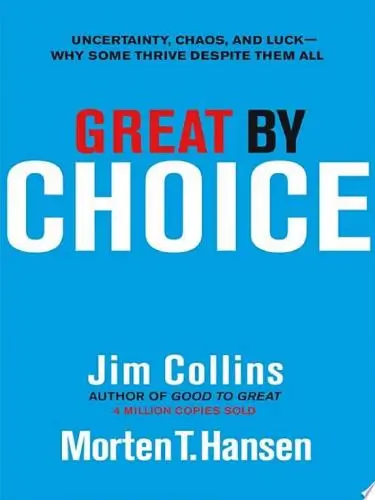
Great by Choice
Jim Collins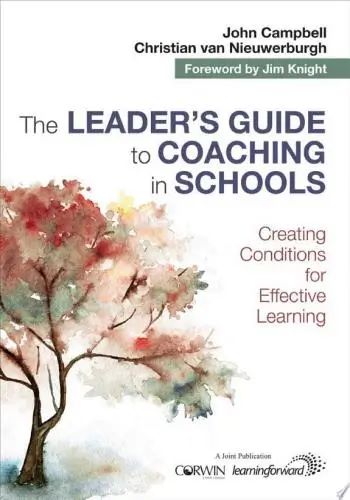
The Leader′s Guide to Coaching in Schools
John Campbell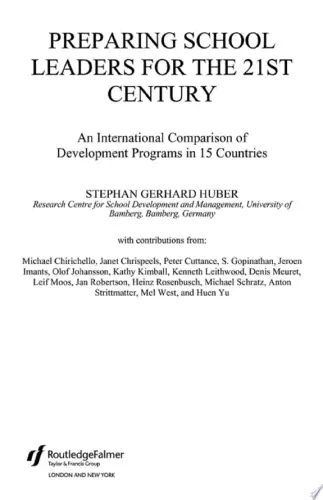
Preparing School Leaders for the 21st Century
Stephan Gerhard Huber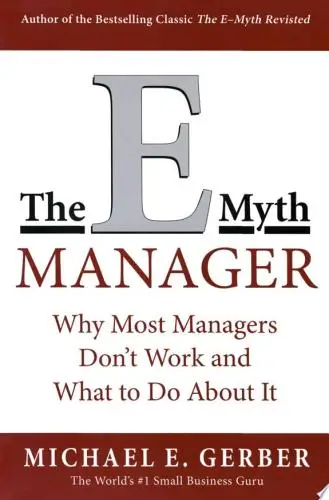
The E-Myth Manager
Michael E. Gerber
Leadership Is Language
L. David Marquet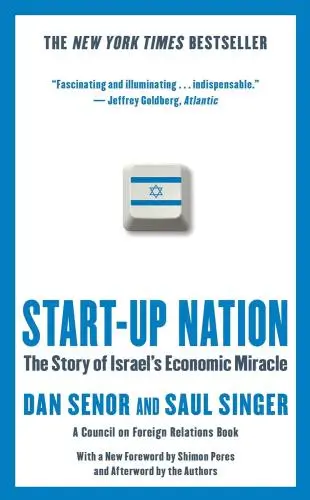
Start-up Nation
Dan Senor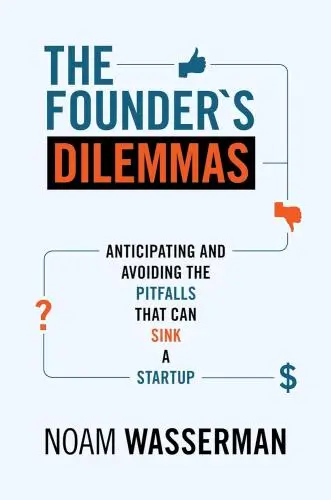
The Founder's Dilemmas
Noam WassermanTrending Summaries
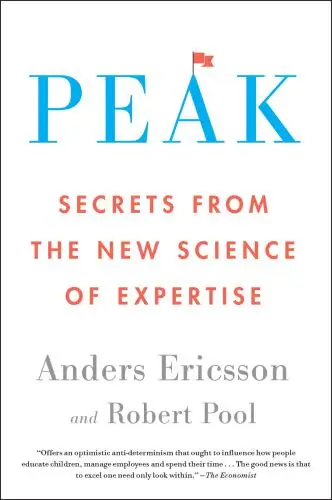
Peak
Anders Ericsson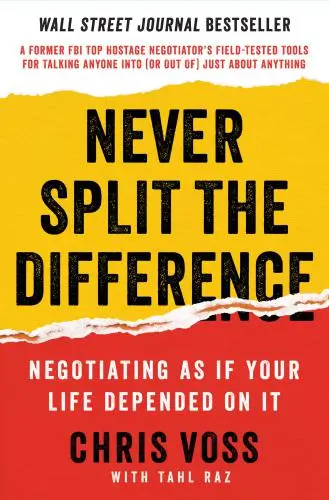
Never Split the Difference
Chris Voss
Smart Brevity
Jim VandeHei
The Psychology of Money
Morgan Housel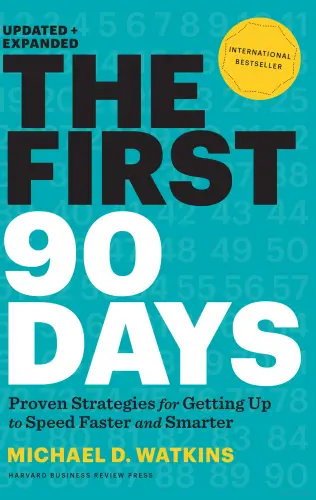
The First 90 Days
Michael D. Watkins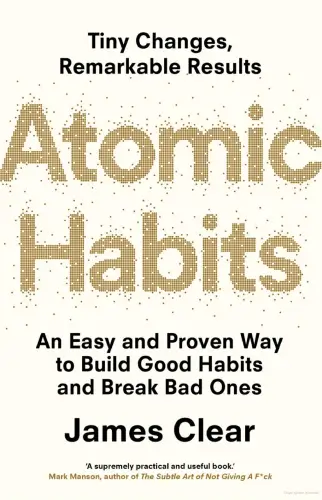
Atomic Habits
James Clear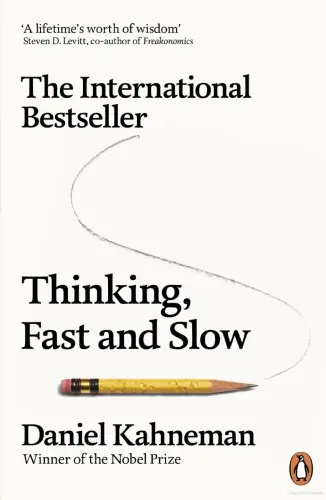
Thinking, Fast and Slow
Daniel Kahneman
The Body Keeps the Score
Bessel van der Kolk M.D.
The Power of Regret
Daniel H. Pink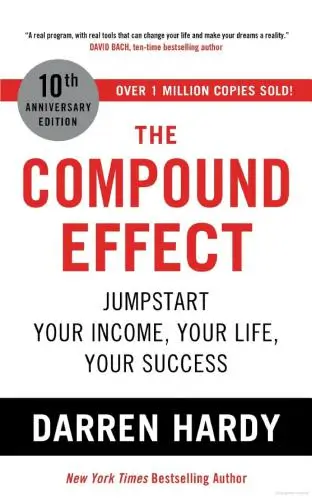
The Compound Effect
Darren HardyNew Books

A Candle for Kiri
Edna Mae Holm
Principles of Marketing, Global Edition
Gary Armstrong
Serpent Rising: The Kundalini Compendium
Neven Paar
Feeling Is the Secret
Neville Goddard
The 100 Best Business Books of All Time
Jack Covert
My Oxford Year
Julia Whelan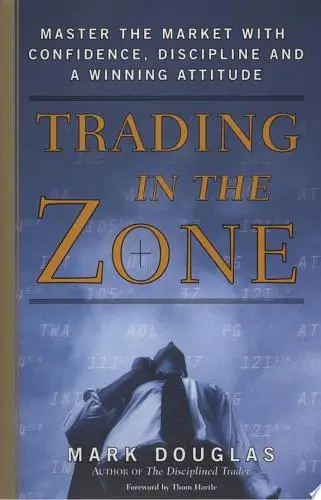
Trading in the Zone
Mark Douglas
Mathematics for Machine Learning
Marc Peter Deisenroth
The Creative Act
Rick Rubin
